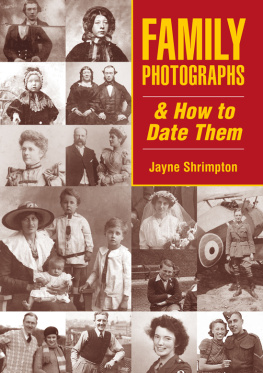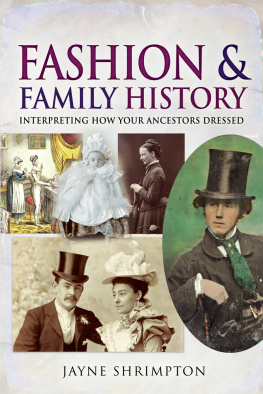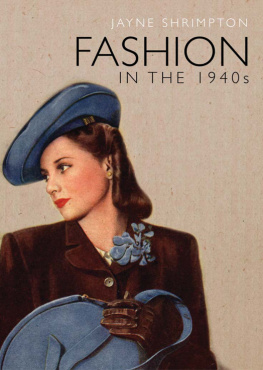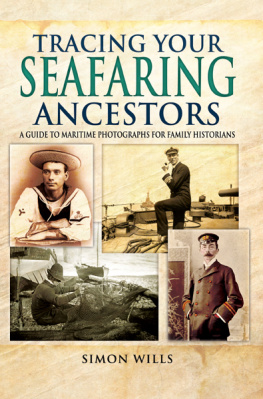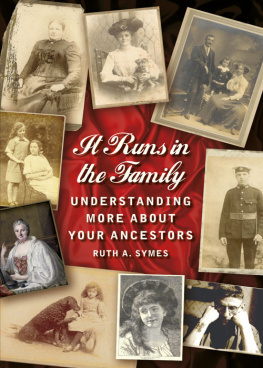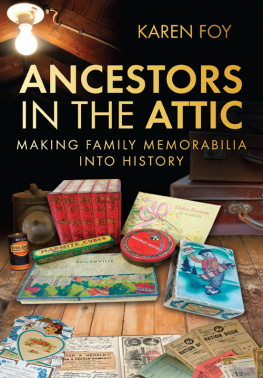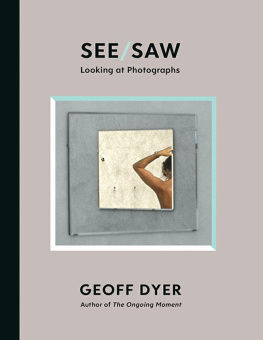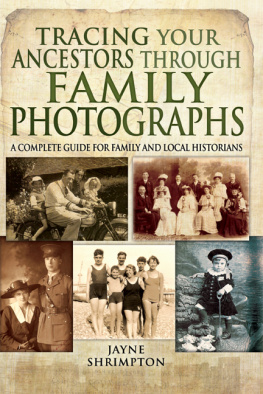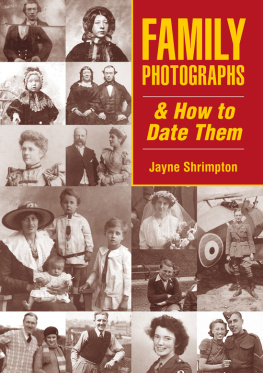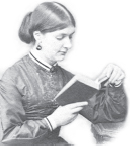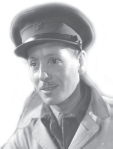All rights reserved. No reproduction
P hotographs are not only treasured family heirlooms but also valuable historical documents, for they can be read, scrutinized for details and information, in much the same way as written records.
Frustratingly, many survive undocumented, without any helpful labels or inscriptions. Family historians will want to ascertain a date for these precious pictures and establish who the subjects are. Perhaps their identity is already suspected through oral tradition, in which case accurate dating can help to support or disprove long-held theories. A close date-range can also confirm the generation to which an ancestor in a photograph belonged, narrowing down the possibilities where there are several potential candidates.
Several general guides to analysing and dating old photographs have been published, offering advice on how to recognise different photographic formats and processes, research the photographers studio, identify the physical characteristics of the mount, the type of composition and studio setting, and the clothing worn (see : Photographs). All of these approaches are useful and may be combined to derive the maximum information from a photograph.
When looking at photographic portraits, however, what usually strikes us first is the strange, unfamiliar garments in which our ancestors pose before the camera. If we study their dress more closely, we have before us a treasure-trove of evidence, for clothing styles can be identified and accurately dated, providing an indisputable date-range for an image, when other methods may be proving too broad or uncertain to be conclusive. Dress can also reveal personal information about the wearer and may indicate the occasion which inspired the photograph. This book, by concentrating on the fascinating and vital clues offered by dress, aims to guide family historians in dating and interpreting old photographs which span the century from 1850 to 1950.
In the days before every family owned a camera, having a photograph taken was an important event. When clients visited the professional photographers studio they wanted to create the best possible impression, since their likeness was to be preserved for posterity. Physical appearance and general demeanour acted as powerful outward signs of an individuals place in society, and accordingly our Victorian and Edwardian ancestors dressed up for formal photograph sittings in their smartest, most fashionable garments and accessories, to demonstrate their social status, financial position and good taste.
By the time of even the earliest photographs, people with any fashionable aspirations could keep up with the latest styles, thanks to rapidly expanding communications and improved opportunities for travel. They could visit sizeable towns where shops, tailors and womens dressmakers kept abreast of new clothing trends, while those living in more remote rural areas purchased materials and other fashionable articles from the travelling salesmen who carried their wares from door to door.
Women, especially, were interested in the coloured fashion plates published in magazines and journals (the precursors of todays fashion magazines) which presented seasonal fashion changes, and some magazines carried pattern supplements to aid home dressmaking. Traditionally, most women were competent in needlework, and their task was made easier by the domestic sewing machine, which was coming into general use by the 1860s. Those who could afford to, however, had much of their clothing made to measure by professional tailors and dressmakers, until ready-made garments of reasonable quality and price became widely available, a development dating from the mid-19th century in the case of mens dress, but much later, after the First World War, for womens fashions.
Dating the clothing seen in old studio photographs, then, rests on the fairly safe assumption that usually subjects are wearing their most fashionable garments or, at least, are dressed in a manner which reflects current styles. Amateur snapshots taken in later decades may also depict subjects dressed up for a special occasion, but even where people have been captured spontaneously, wearing ordinary, everyday clothing, their dress can be identified and dated.
The term dress embraces all elements of a persons appearance clothing, accessories, jewellery and hairstyles which combine to present a complete image. We know what the fashionable look was during any period, from the work of specialist dress historians, who have considered various forms of historical evidence pictorial images, written accounts and surviving examples to chart the main developments in fashion and create a detailed chronology of dress through the ages (see : Dress). With the benefit of a visual time-line, as it were, we can successfully compare, recognise and date the main features of dress worn in any kind of portrait from the past.
Dating dress is not a precise skill, in that it may never be assigned to an exact year. Fashions existed for a period of time (as they do now), and so a reasonable date-range is usually suggested. Womens dress in particular underwent some rapid and startling changes between 1850 and 1950, the fashionable silhouette during the Victorian and Edwardian periods being underpinned by firm corsetry and other artificial aids worn under the clothing, which distorted the shape of the body to produce very distinctive forms. After the 1910s, when constricting and protruding foundation garments fell from favour, the fashionable line continued to be defined by regular changes in the cut of clothing, and shifts in the length and styling of garments.
At any given time, the basic shape of dress was enhanced and complemented by novelties in materials, trimmings, accessories and by changing hairstyles. Identifying a particular feature of dress worn in a photograph, such as the shape of a bodice or the style of a hat, and knowing when it first became fashionable gives an accurate, earliest possible date for that image. The latest date is less certain, but younger women were most likely to be influenced by fashion and quick to adopt new modes of dress, and so the appearance of young or young-ish women in single or group photographs will generally offer the closest date-range for that image usually to within a few years.

